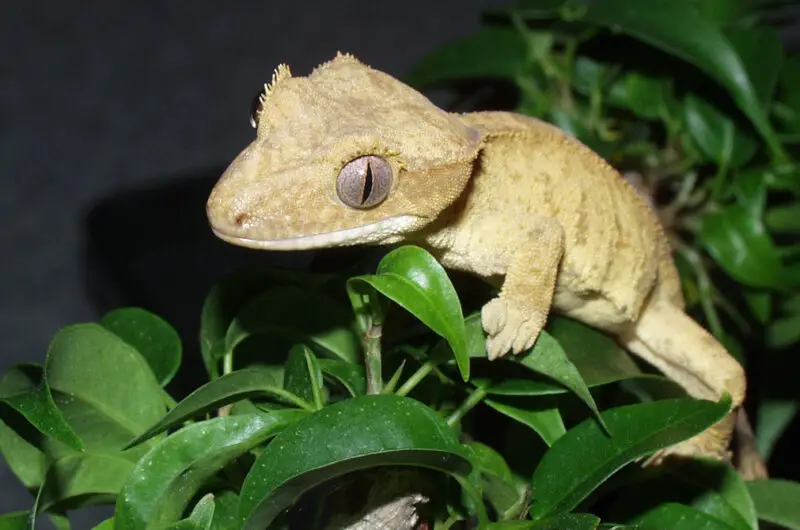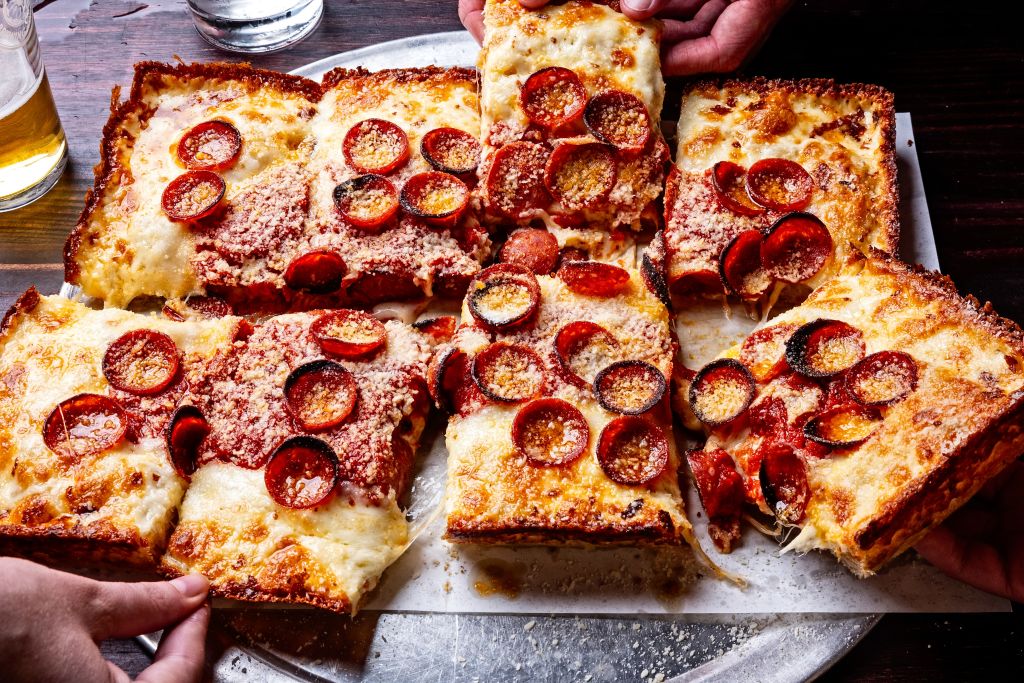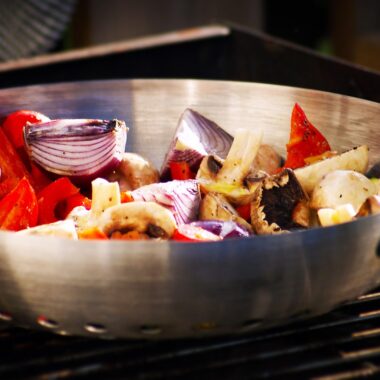Crested geckos (Correlophus ciliatus) are among the most popular pet reptiles due to their unique appearance, ease of care, and fascinating behaviors. However, proper nutrition is crucial for their health and longevity. Understanding the dietary needs of a crested gecko is essential for any owner who wants to provide the best care. This guide offers a comprehensive food list, covering commercial diets, live feeders, fresh fruits, and supplements.
Understanding Crested Gecko Dietary Needs
Crested geckos are omnivores, meaning they consume a mix of plant-based and animal-based foods. In the wild, their diet consists mainly of fruit, nectar, and insects. Captive geckos require a balanced diet that mimics their natural food intake to thrive.
The ideal crested gecko diet should include:
- A high-quality commercial crested gecko diet
- A variety of live insects
- Fresh fruits (in moderation)
- Occasional treats
- Proper supplements
1. Commercial Crested Gecko Diet
Commercial diets, often referred to as Crested Gecko Diet (CGD) or meal replacement powder (MRP), are scientifically formulated to provide all essential nutrients. These diets are nutritionally complete and should form the primary source of nutrition.
Best Commercial Crested Gecko Diets
Some of the best brands include:
- Pangea Fruit Mix – Comes in flavors like banana, mango, watermelon, and fig.
- Repashy Crested Gecko Diet – A staple diet with excellent nutritional value.
- Zoo Med Crested Gecko Food – Another good option, but some geckos may be picky.
- Leapin’ Leachies – A high-quality diet formulated for New Caledonian geckos.
- BPZ Crested Gecko Complete Diet – A balanced option with added vitamins.
How to Prepare CGD
- Mix the powdered diet with water (1:2 ratio) until it reaches a smooth, ketchup-like consistency.
- Offer fresh food every 24-48 hours.
- Remove uneaten food after 24 hours to prevent spoilage.
CGD is essential for captive crested geckos because it ensures proper nutrition, making supplementation unnecessary when used as the primary diet.
2. Live Insects for Crested Geckos
While CGD provides most nutrients, crested geckos benefit from occasional live insects for extra protein and enrichment.
Best Feeder Insects
- Crickets – Gut-loaded crickets are a great protein source.
- Dubia Roaches – High in protein and lower in fat.
- Black Soldier Fly Larvae (BSFL) – Great for calcium.
- Mealworms – Hard to digest; feed occasionally.
- Superworms – High in fat; use as an occasional treat.
- Waxworms – Fatty and addictive; feed rarely.
- Silkworms – Nutritionally superior but expensive.
How to Feed Live Insects
- Feed twice per week for adult geckos.
- Young geckos can have insects three times a week.
- Dust insects with calcium powder (without D3 if using UVB, with D3 if not).
- Gut-load insects 24 hours before feeding with high-quality vegetables.
Live insects should not replace CGD but serve as an occasional protein boost.
3. Fresh Fruits for Crested Geckos
Crested geckos love fruit, but not all fruits are safe. They should only be offered as an occasional treat.
Best Fruits for Crested Geckos
- Mango – Soft, sweet, and highly nutritious.
- Banana – High in potassium, but should be fed in moderation.
- Papaya – Great for digestion and nutrient-rich.
- Fig – High in calcium and fiber.
- Watermelon – Hydrating but low in nutrition.
- Peach – Safe, but should be mashed or pureed.
- Blueberries – Rich in antioxidants.
- Strawberries – Great for occasional treats.
Fruits to Avoid
- Citrus Fruits (Lemon, Lime, Orange, Grapefruit) – Too acidic.
- Avocado – Toxic to many animals.
- Grapes & Raisins – Can cause kidney issues.
- Tomatoes – High acidity and may cause digestive issues.
How to Feed Fruits
- Offer in small, mashed, or pureed portions.
- Do not exceed once a week.
- Fruits should never replace a CGD-based diet.
4. Treats for Crested Geckos
Treats should be rare but can add variety to their diet.
Safe Treats
- Baby Food (Organic, Fruit-Based, No Additives) – Only occasionally.
- Honey (Diluted with Water) – A rare energy boost.
- Nectar (From Safe Flowers like Hibiscus) – Natural and appreciated.
Treats should be less than 10% of the diet and not replace core nutrition.
5. Supplements for Crested Geckos
While CGD provides balanced nutrition, supplements are necessary when feeding insects or homemade fruit mixes.
Essential Supplements
- Calcium Powder – Important for bone health.
- With D3 if no UVB light is used.
- Without D3 if using UVB lighting.
- Multivitamin Powder – Contains necessary vitamins (e.g., Repashy Supervite).
- Gut-Loading Insects – Feeder insects should be gut-loaded with leafy greens, carrots, and high-calcium foods.
Supplement Schedule
- Live insects – Dust with calcium every feeding.
- Fruits – If feeding homemade blends, add a tiny pinch of calcium.
6. Hydration: Water Needs of Crested Geckos
Crested geckos do not drink from water bowls often, preferring to lick water droplets from leaves.
Water Guidelines
- Misting – Lightly mist the enclosure twice daily.
- Water Bowl – Provide a shallow water dish with fresh water.
- Humidity – Maintain humidity levels between 50-70%.
Dehydration can lead to shedding problems and health issues, so proper hydration is essential.
7. Foods to NEVER Feed Crested Geckos
Some foods are dangerous for crested geckos. Avoid:
- Citrus fruits – Too acidic and can cause digestive upset.
- Avocado – Toxic and potentially lethal.
- Chocolate – Contains theobromine, which is poisonous.
- Onions & Garlic – Harmful to many reptiles.
- Processed Human Foods – High in salt, sugar, and preservatives.
8. Sample Feeding Schedule for Crested Geckos
| Day | Food |
|---|---|
| Monday | CGD |
| Tuesday | CGD + Feeder Insects (Optional) |
| Wednesday | CGD |
| Thursday | CGD + Small Fruit Treat (Optional) |
| Friday | CGD |
| Saturday | CGD + Feeder Insects (Optional) |
| Sunday | CGD |
For young geckos, increase insect feedings to three times a week.
Final Thoughts
A balanced diet is the key to a healthy and happy crested gecko. While CGD should always be the staple, live insects, fresh fruits, and proper hydration contribute to their overall well-being.
By following this comprehensive food list, you can ensure your crested gecko lives a long, healthy, and active life!
Common Feeding Mistakes and How to Avoid Them
While crested geckos are relatively easy to care for, many owners make dietary mistakes that can lead to health problems. Below are some of the most common feeding errors and how to avoid them.
1. Relying Too Much on Insects
Some gecko owners believe that a diet consisting mostly of insects is sufficient. While insects provide protein, they lack the complete nutritional profile found in CGD.
Solution:
- Use CGD as the main diet and only offer insects once or twice a week.
- Always gut-load insects to enhance their nutritional value.
- Dust insects with calcium powder to prevent metabolic bone disease.
2. Feeding Too Many Fruits
Crested geckos love fruits, and it’s tempting to feed them frequently. However, fruits lack essential nutrients and can cause digestive issues if given too often.
Solution:
- Limit fruit treats to once a week.
- Stick to safe fruits like mango, papaya, and banana in small amounts.
- Never substitute CGD with homemade fruit blends.
3. Not Removing Uneaten Food
Leaving uneaten CGD in the enclosure for too long can cause bacterial growth, mold, and unpleasant odors.
Solution:
- Remove leftover food within 24 hours.
- Clean food dishes daily to prevent mold buildup.
4. Improper Calcium and Vitamin Supplementation
Calcium deficiency can cause metabolic bone disease (MBD), leading to weak bones, deformities, and even death.
Solution:
- Dust feeder insects with calcium powder at every feeding.
- If you don’t provide UVB lighting, ensure the calcium supplement includes Vitamin D3.
- Use a multivitamin supplement once a week to prevent deficiencies.
5. Feeding Toxic or Unsafe Foods
Some foods can be harmful or even fatal to crested geckos.
Solution:
- Never feed citrus fruits, avocado, onions, or processed human foods.
- Research any new food before offering it to your gecko.
Health Benefits of a Proper Diet
A balanced and nutritious diet will positively impact your crested gecko’s health in many ways:
- Stronger Bones and Limbs – Proper calcium intake prevents metabolic bone disease (MBD).
- Healthy Skin and Shedding – Hydration and a nutrient-rich diet prevent shedding issues.
- Higher Activity Levels – A well-fed gecko is more alert and active.
- Better Digestion – The right food helps avoid constipation and impaction.
- Longer Lifespan – A proper diet can help your gecko live up to 15-20 years.
What to Do If Your Crested Gecko Stops Eating
A loss of appetite in crested geckos can be concerning. However, it is not always a sign of illness.
Common Reasons for Appetite Loss
- Stress – New environments, handling, or changes in routine.
- Shedding – Geckos often eat less before or during shedding.
- Low Temperatures – Cold environments slow metabolism.
- Diet Change – Some geckos can be picky about new foods.
- Illness – Parasites or infections can cause appetite loss.
Solutions
- Ensure the temperature is between 72-78°F.
- Keep humidity at 50-70% for proper hydration.
- Try offering a different CGD flavor.
- Reduce handling to lower stress.
- If your gecko doesn’t eat for more than 10 days, consult a veterinarian.
Frequently Asked Questions About Crested Gecko Diet
Here are answers to some of the most common questions owners have about feeding their crested gecko.
1. Can Crested Geckos Eat Only Insects?
No. Crested geckos need a balanced diet that includes CGD. Insects alone do not provide all the necessary nutrients.
2. How Often Should I Feed My Crested Gecko?
- Hatchlings (0-4 months): Daily.
- Juveniles (4-12 months): Every other day.
- Adults (12+ months): 3-4 times per week.
3. Can Crested Geckos Eat Baby Food?
While some owners offer baby food, it should not replace CGD. If used, make sure it is organic, fruit-based, and free of additives.
4. Can I Feed My Crested Gecko Meat?
No. Crested geckos do not eat meat in the wild. They get their protein from insects.
5. Can Crested Geckos Eat Dog or Cat Food?
No. These foods are high in protein and fat, which can cause health issues.
6. Do I Need to Refrigerate CGD?
No, but storing it in a cool, dry place is best. Once mixed with water, it should be discarded within 24 hours.
7. How Do I Get My Picky Gecko to Eat CGD?
- Try different flavors (e.g., mango, banana, fig).
- Make sure the consistency is correct (ketchup-like).
- Warm up the food slightly to enhance aroma.
- Offer a tiny drop of honey to encourage eating.
Final Tips for Feeding Crested Geckos
- Always prioritize CGD – It should make up 90% of the diet.
- Use live insects as enrichment – But not as a staple food.
- Provide fresh water daily – Mist the enclosure for hydration.
- Keep the feeding area clean – Avoid bacterial growth.
- Monitor weight and behavior – Changes may indicate a dietary issue.
By following this comprehensive crested gecko food list, you can ensure your gecko stays healthy, active, and thriving for many years to come!


















